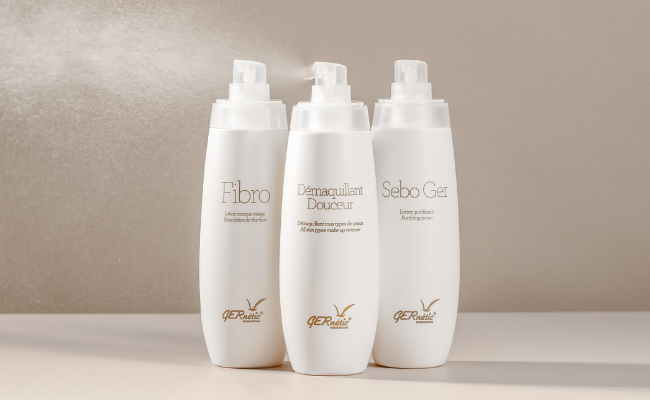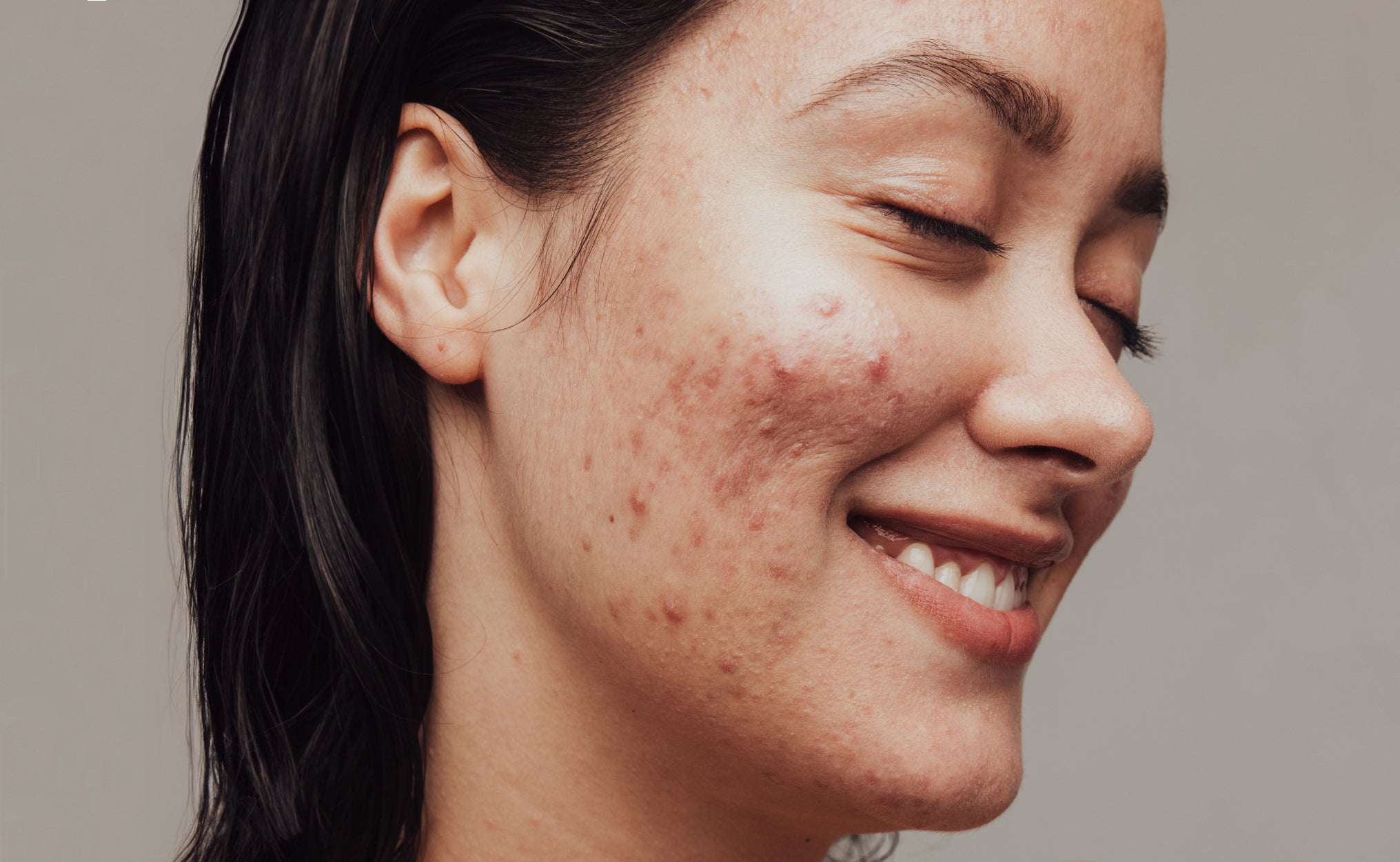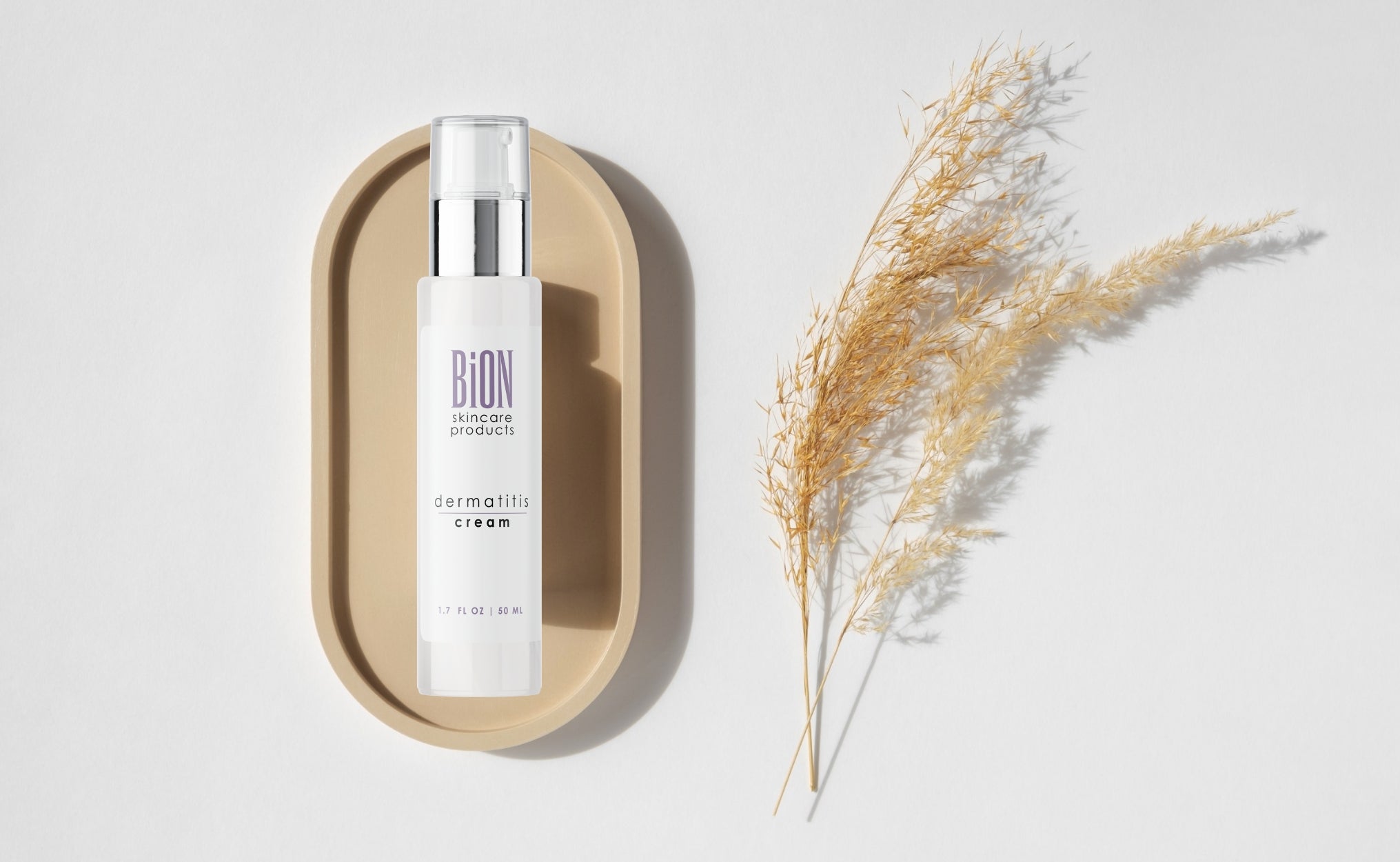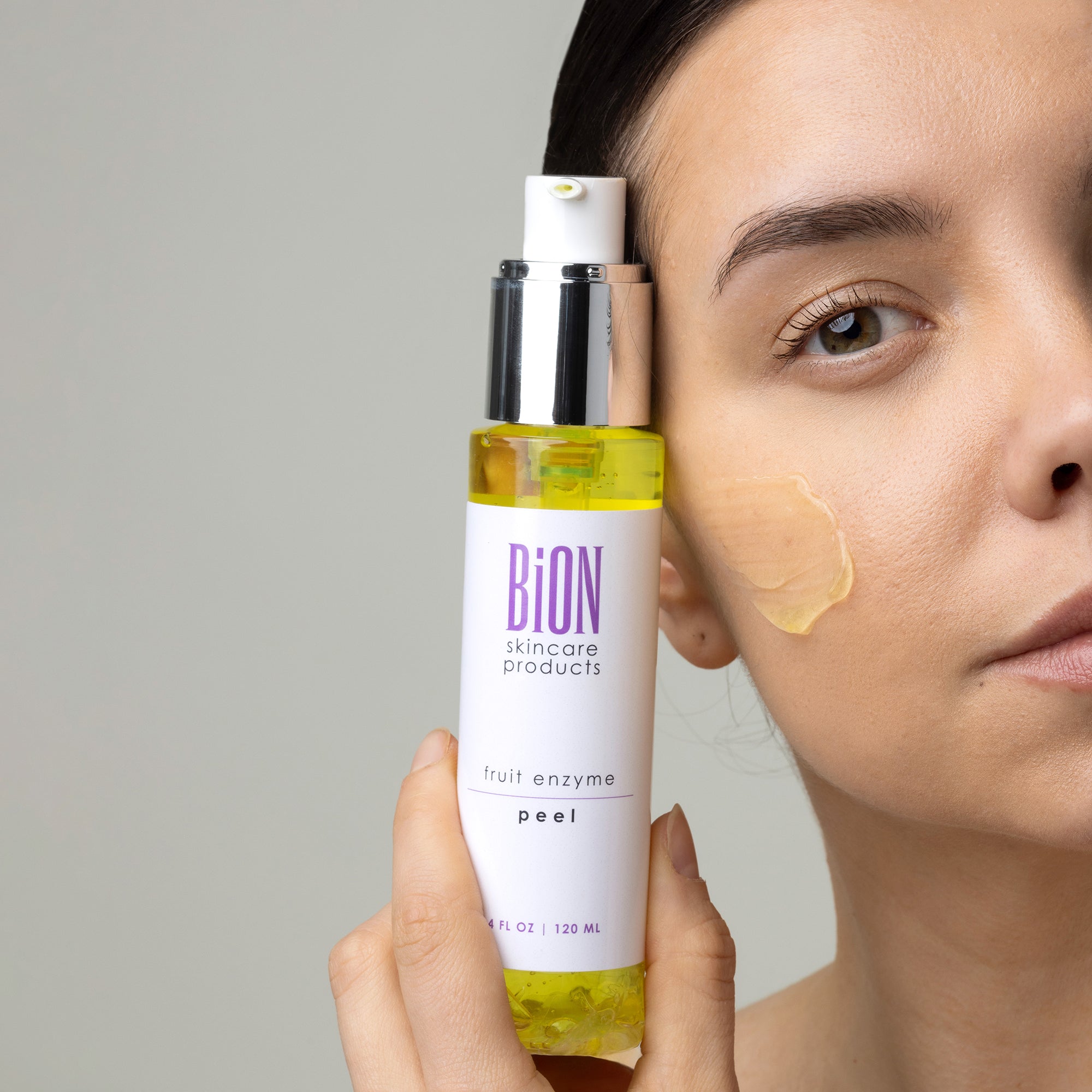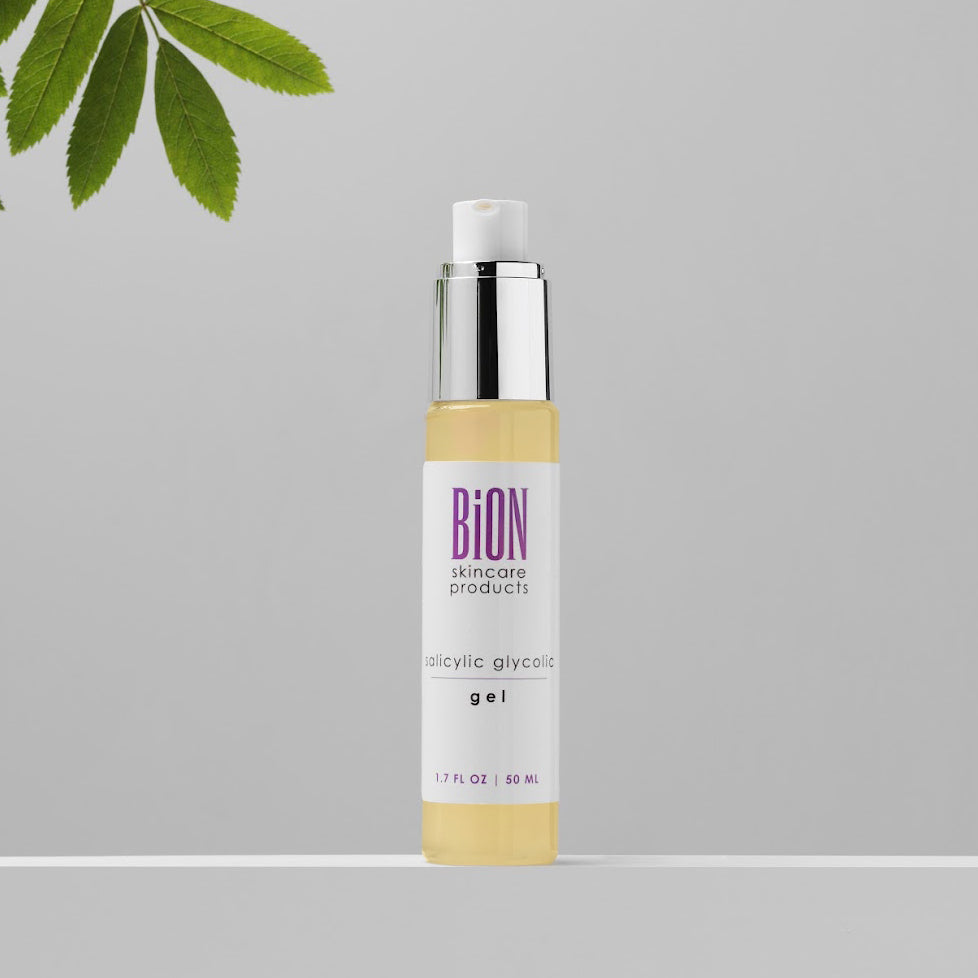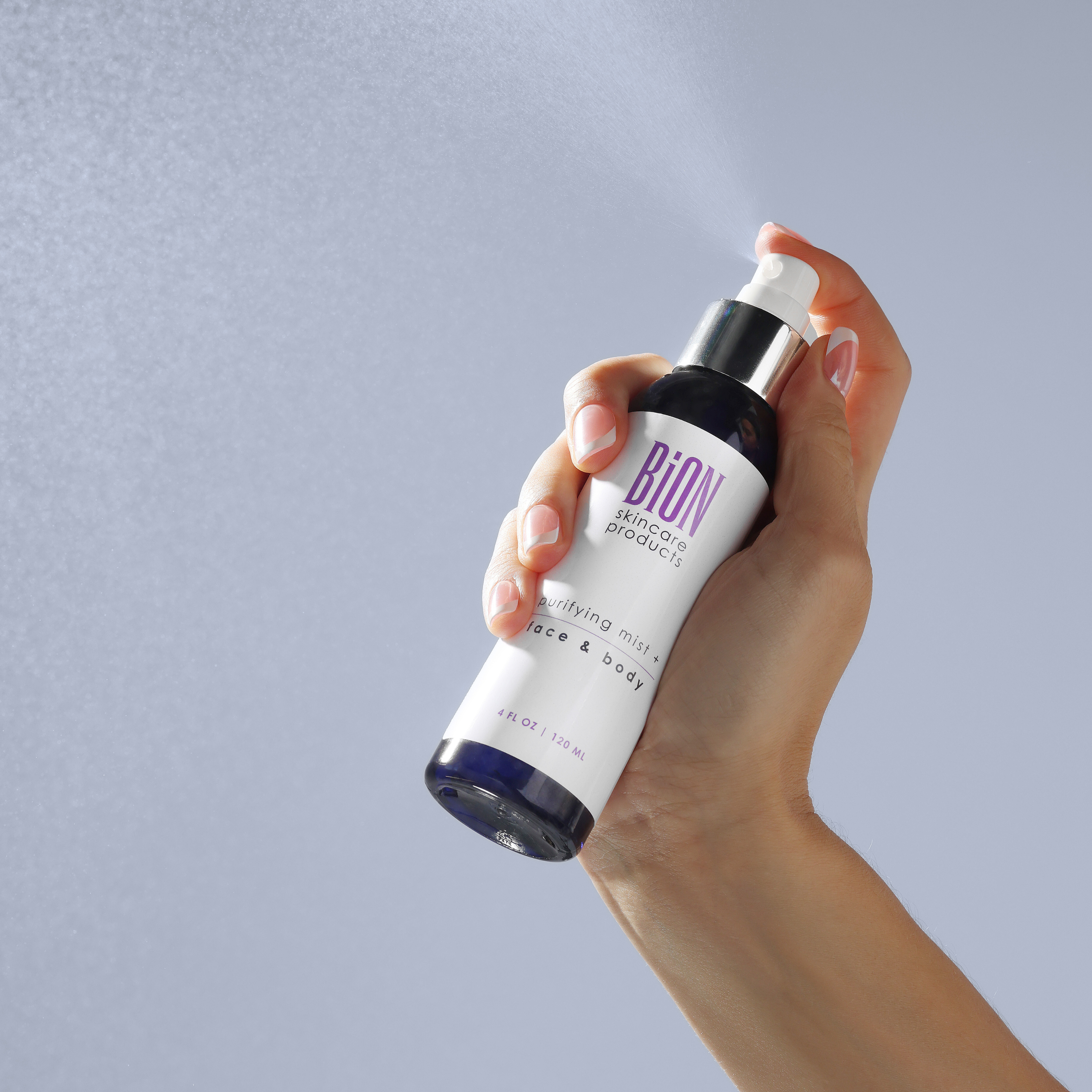Article: Lack of moisture vs. dry skin
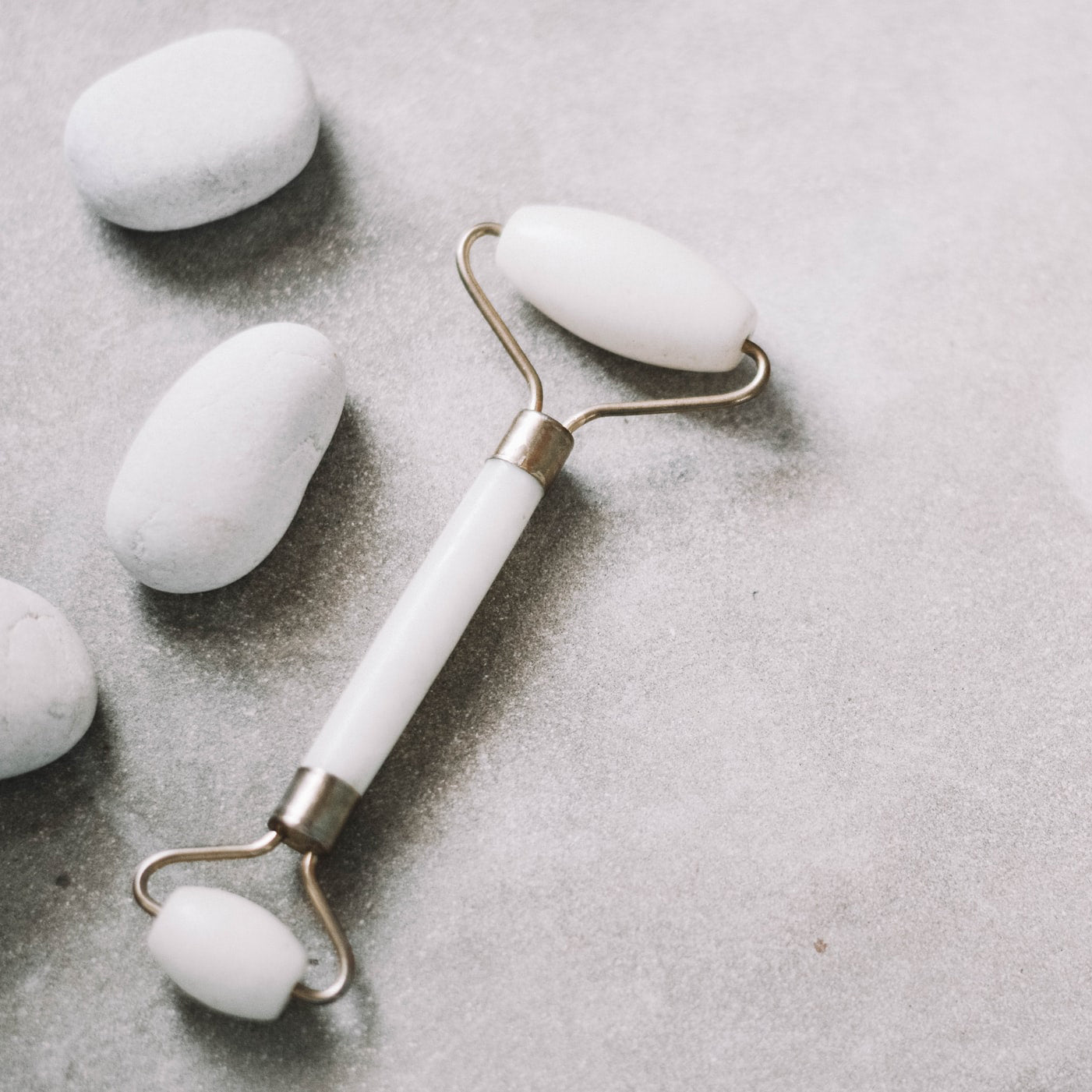
Lack of moisture vs. dry skin
Properly moisturized and hydrated skin works optimally, thus strengthening its biological functions. Thus, by carefully hydrating the skin, it is also possible to control the general skin problems caused by drought; such as skin keratinization, inflamed acne pimples, impurities, a feeling of tightness, and other sensitivities such as perioral dermatitis or POD.
Skin dryness is a common problem
Surface drought and dryness are still treated in the wrong way today, often only maintaining the vicious circle.
The top stratum corneum of the skin contains a microscopically thin acid mantle, a hydrolipid membrane containing a mixture of lipids (oils and fats) and waxes. This oily layer consists of e.g. sebum, ie tallow, sweat and other components, and its function is e.g. protect skin moisture (prevents transepidermal water loss = TEWL) and maintain a slightly acidic pH for healthy skin. Slightly acidic pH maintains skin moisture, natural lactic acid production, and a microbiome that protects the skin from harmful bacteria.
Drought causes a slowdown in the production of natural lactic acid, making the pH of the skin more alkaline. The function of lactic acid is to maintain the acidity of the skin and thus also its resistance and health. Lactic acid also activates the production of natural ceramides, so if the production of lactic acid in the skin stops - the production of ceramides also stops. In this case, the cement in the skin's protective layer is no longer strong and durable, as the ceramides bind the water and fat components of the “inter-brick cement” together. In this case, the protective layer of the skin loses its strength and the skin becomes exposed to microbes, bacteria and moisture evaporation.
When the hydrolipid layer is damaged or does not function optimally, moisture can evaporate. This always leads to dryness and dryness of the skin, as well as inflammatory conditions of the skin.
Skin well-being and balance
The skin is the largest organ of the body and definitely one of the most important regarding health. The skin helps to protect the body as well as the body from toxic contaminants, bacteria and other common irritants that can cause danger or other harm.
If the protective hydrolipid layer on the top layer of the skin is damaged or does not work properly, moisture will evaporate and the skin may drift into a latent inflammatory state. Symptoms often include skin hypersensitivity, discomfort, tightness, irritability, acne, and POD, or perioral dermatitis.
Dry skin has a lack of essential lipids or fat components, while dry skin has a lack of water or hydro components.
Since both dehydration conditions cause similar symptoms, it is essential that you know the root of the problem and how to alleviate or treat their signs with the right treatment products and ingredients. For example, it is not possible to treat or control surface-dry skin, ie a moisture-poor state, with face creams or face oils alone, as the skin “screams” thirst and hydration.
Facts about dry skin
When the skin is dry, it means that it does not produce enough sebum, or sebum. The skin relies on oil to retain moisture, as without it it dries. On dry skin, the pores are almost always reduced because the skin does not produce oil. When the skin is dry, it is unable to retain moisture and this is because the skin requires oil to retain moisture. Lack of oils often makes the skin look rough and scaly. Dry skin is also usually more often inflamed and more easily irritated (because the protective layers have cracks due to lipid deficiency), this may also lead to a chain reaction in which the skin ends up prematurely breaking down collagen and elastin fibers.
Thus, dry skin means that the skin lacks moisture-blocking lipids, i.e. fat components. Because the condition is mostly genetic, it can be treated but never completely cured. Dry skin is dry all year round and dryness occurs throughout the body, often from the body to the scalp.
To visualize this, Imagine that the oils on your skin are like a lid on top of a container of water. When the water in the container boils, the lid prevents the steam from evaporating into the air. Now imagine that there are holes in the lid. What happens to the steam? It escapes.
Another visualization of dry skin. Imagine that your skin is like a wooden surface. As the wood (your skin) dries, the moisture evaporates and this causes a lifeless or even cracked surface. If you wipe the wood surface with water, it may temporarily look restored, but the wood will dry quickly again. Instead, you need to use treatment oils to restore the wood back to its healthy state.
The only way to “fix” the problem is to lubricate the deficient “cracks” with rich lipid-containing creams to prevent the moisture absorbed and hydrated underneath from escaping from the skin.
The atopic rash is severely dry and the skin is almost completely devoid of lipids (skin protection is also severely deficient, so moisture evaporates and the skin is prone to external damaging factors such as microbes and bacteria). Therefore, atopic skin should always be treated with thick and as breathable as possible, but occlusive care products and creams.
Dry skin (which produces little or no oil) does not retain water easily. Think of leather that can dry out and harden over time. As stated earlier, preventing drought requires oil. Likewise, leather often requires oil treatment to keep it moist and supple. If you apply water to the skin, it will just dry out and crack. Water applied without oil evaporates quickly, causing all existing water to evaporate from the leather with it.
Facts about surface dry or moisture-poor skin
Surface dry or moisture-poor skin, on the other hand, is due to the drying effect of environmental influences or improper treatment and is a temporary skin condition (not a skin type). Surface-dry skin does not have enough water, or hydro components, to keep it healthy and moisturized.
The skin may be rich in oil, but it does not have enough water to maintain balance. To compensate for the lack of moisture, the skin may overproduce sebum. As a result, the skin may feel dry, tight and oily at the same time. Oil production on dry skin can also easily lead to clogged pores, acne outbreaks, severe skin irritations, dry spots and fine lines.
Dehydrated skin is often caused by external factors such as sun exposure, soaps, cosmetics, skin care and exfoliation, nutritional fluid balance, and diuretic medications. Moisture poverty is not linked to genetic factors, which often makes it much easier to correct than actual dry skin.
Dry vs. Poor Moisture
The two can sometimes be difficult to distinguish, but simply put, if you have dry skin, it’s probably been a lifelong affliction, but dehydrated skin can occur temporarily and acutely in anyone, even people whose skin is usually perceived as oily or combination. Therefore, these two different droughts should also be treated differently.
Oily skin means that the skin produces oil. Dry skin automatically means that it does not produce enough oil. These are simply contradictory. Your skin may be oily and low in moisture, but it cannot be oily and dry.
External factors
The skin of Finns is exposed to external stressors almost daily; our climate varies, and in winter, frosty weather and heat significantly reduce the skin’s moisture content, as they increase transepidermal moisture evaporation. The humidity in the room air in our home as well as in our work environment also affects our skin; air heat pumps, air conditioning and mechanical ventilation significantly reduce the humidity in the room air, so our skin also dries easily.
Cold and dry winter air tightens skin pores, reduces blood circulation and the production of sebum. In winter, shower moments also become warmer and home heaters blow warm air even at night (when the skin loses more moisture than normal, as the basal body temperature is also higher). It is therefore especially important that during the winter, our treatment is individually tailored with the advice of a beautician to protect and hydrate the skin.
In spring and summer, the atmosphere retains moisture more effectively, so higher humidity also provides additional boost to our skin. That is why I definitely recommend a humidity meter and humidifier for your home (if the humidity in the home is less than 40%) so that the skin does not evaporate its moisture into dry air. Dry room air also significantly dries mucous membranes and can also cause other health problems.
Internal factors
Internal care is also important, as our skin also absorbs moisture from the diet, but only as a last resort. If the diet does not contain enough water and moist fresh foods, our skin and cells will not receive enough water.
Wrong treatment
Unfortunately, drought-based problems are still being treated to this day with moisturizers alone, and very often there is a so-called "the more and thicker, the better" tactic. This treatment is especially familiar to us professionals, as we may have come across clients who “moisturize” their faces with thick and full-bodied creams.
With this method of treatment, however, the treatment of drought drifts into a latent vicious circle. In order for the skin to remain moist, supple and well-being, it needs water as well as fats in the right balance.
It is also often misunderstood that light and emulsion creams do not moisturize the skin enough. In particular, emulsion moisturizers are able to absorb deeply absorbed moisturizing humectants more effectively into the skin compared to occlusive thick creams. Lightweight lotions just don’t as effectively maintain a flawed “nice skin feel” as rich and thick creams, which makes the customer feel that the lotion isn’t moisturizing enough. However, both ointment bases have their place and more on this later.
Just a comfortable feeling is not enough
The skin may feel comfortable after applying a full and thick cream or oil, but the situation worsens even worse, especially after each facial cleansing if there is no toner and hydrating serum (surface dry skin). The skin becomes dry and shieldy, tightens, irritates, and the condition can also trigger atopic dermatitis, itching, and other more severe sensitivities.
This is a very common Finnish treatment, which is why we often come across a familiar, sensitive, pre-irritated and dry skin type. It is not possible to moisturize and hydrate the skin with non-aqueous care products.
Often, the skin is treated only with a cleansing product and face cream, so that the skin does not get any sufficient moisture. Strong soaps, SLS-containing cleaning gels or sponges may also be used for cleaning. There may also be too alkaline and too strong antibacterial treatments that weaken the skin's protective hydrolipid layer as well as the natural microbiome.
Importance of ingredients
Water-based ingredients that act humectively on the skin are the only ingredients that are concretely capable of transporting and absorbing moisture for use by skin cells.
The oil-based ingredients, on the other hand, act as moisture traps on the surface layer of the skin. They ensure that transepidermal moisture evaporation does not occur. Thick and full-bodied creams often contain mostly cold-pressed vegetable fats - as well as oils that help patch the fatty component of the skin’s hydrolipid layer.
If the skin is surface dry or dry and is not offered hydration, but instead just full-bodied care creams or face oils, the vicious circle is complete. Every day, skin cells and the hydraulic components of the protective barrier lose moisture and we patch up space by applying fats and oils to the surface of the skin, which, however, are unable to moisturize the skin.
Hydrating vs Moisturizing
The Finnish word lacks a translation for a moisturizer, which is why we incorrectly translate the English words “Hydrating” and “Moisturizing” into a moisturizer. However, the two have a big difference in approach.
When the product reads “Hydrating”, its action is to hydrate the skin, ie it absorbs water and other hydro components into the skin = moisturizes. When the product reads “Moisturizing,” the product creates a breathable protection on the surface layer of the skin and strengthens it, which helps prevent moisture from evaporating. However, according to its Finnish name, “Moisturizing” does not moisturize the skin. Because of this misunderstanding, the treatment often lacks the most important, hydrating and moisturizing “Hydrating” treatment product, which include: non-alcoholic lotions and Essence lotions, ampoules, cloth masks, gel masks, aqueous serums, water-cream type lotions and moisturizing gels.
Hydration
Hydra-Soothing fluid, a non-greasy moisturizing milk, repairs and nourishes skin with shea butter and apricot kernel oil. These care products are especially recommended if the skin is surface dry, ie poor in moisture. These care products have a high amount of hydrating ingredients that attract water molecules to the skin and fill the skin’s moisture reservoirs, while bringing fullness to the skin from the inside out.
BiON hydrating care products:
Refreshing Toner
Pure Hydration Serum
Collagen Revival Serum
Oil free Moisturizing Gel
Hydrating Gelee Mask
Moisture locking
Face creams contain skin emollients and help create a protective layer on the top layer of the skin that keeps moisture away. At the same time, the emollient ingredients also help to repair the protective layer of the skin. The purpose of the face cream is to reduce and prevent volatile moisture from the skin, i.e. to minimize transepidermal water evaporation. The creams thus act as moisture traps.
Moisture locking and protecting BiON care products:
Ultra Moisture Renewal (Moisture Poor Skin)
Moisture Complex (moisture-poor acne and impurity-prone skin)
Bio-Essence Calcium Complex (sensitive moisture-poor skin)
Intense Moisturizer & Eye Cream (Sensitive Dry Skin)
Restorative Balm (Dry and Very Dry Skin)
Conclusion
Moisture makes our skin soft, but the condition may not be permanent if it is not protected with the right face cream (lipids) - then the moisture evaporates into the air and the skin becomes dry and flaky. On the other hand, the use of just face creams or face oils on pre-moisturized skin may momentarily smooth it out, but the skin falls into a “thirst” and the situation drifts into a difficult vicious circle.
Moisture-poor skin that has only been treated with face cream, without adequate hydration, still looks lifeless and feels uncomfortably tight. Dry skin that is heavily hydrated but not locked in with a full-bodied face cream will still feel rough and continue to exfoliate.
Therefore, it is important to always use a hydrating care product AND a face cream composition correctly selected for the skin type. By choosing one of the treatments, the situation is not resolved and the treatment is not as effective as it could be.
